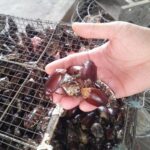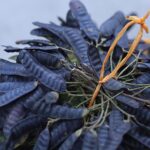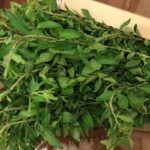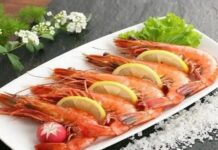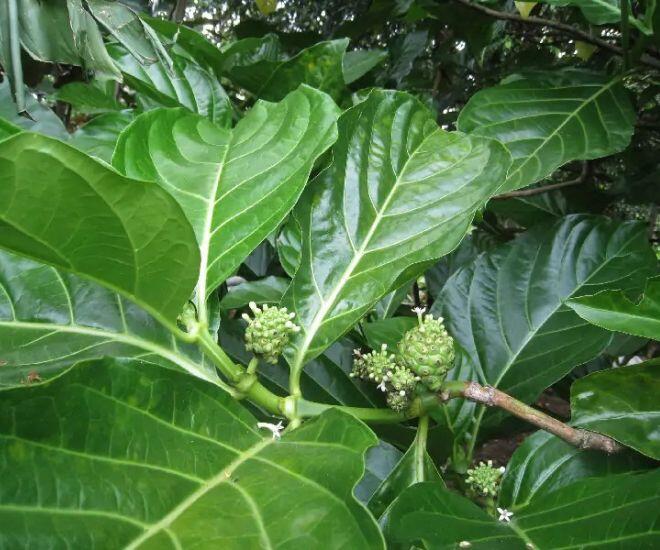
The Amazing Medicinal Properties of Morinda citrifolia
For centuries, Morinda citrifolia (commonly known as the Noni plant) has been revered as a “miracle cure” in traditional medicine due to its remarkable therapeutic properties. The decoction made from Noni fruit is well-known for its ability to effectively support the treatment of various digestive disorders such as diarrhea, intestinal worm infections, and nausea, as well as respiratory and cardiovascular issues, including heart disease, hypertension, and diabetes. It is also beneficial for skin conditions. Notably, research from the University of Metz in France has revealed that the pain-relieving properties of Noni can reach up to 75% of the effectiveness of morphine sulfate, an impressive figure that underscores the plant’s vast medicinal potential. The anti-inflammatory capabilities of Noni are further enhanced by its rich flavonoid content.
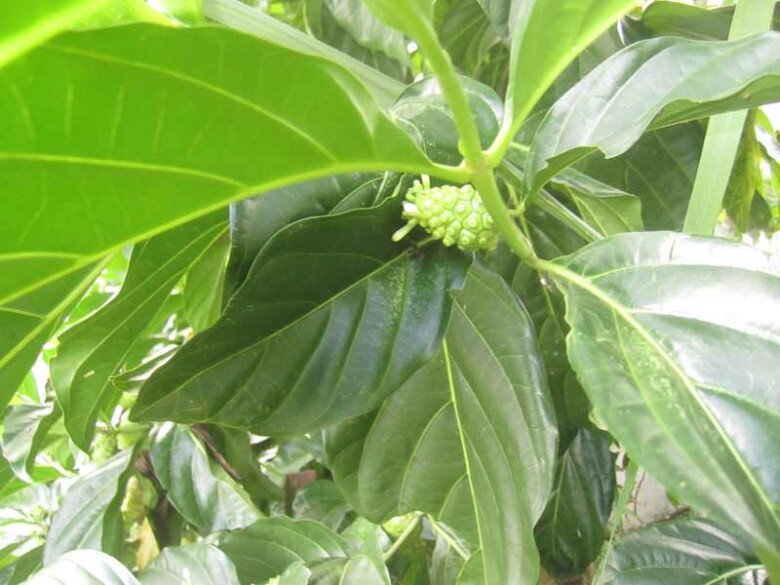
However, with its distinctive bitter taste, slightly astringent leaves, and strong odor, Noni is not the easiest herbal remedy to consume. This used to be a deterrent for many, but in recent years, creative chefs and culinary experts have incorporated Noni leaves into nutritious and delicious dishes.
While the mature leaves of the Noni plant are bitter and rarely consumed raw, the young, tender leaves make excellent salad greens. In home cooking, Noni leaves are typically cooked in various ways: they are boiled to reduce bitterness, stir-fried with frog, toad, buffalo, or beef, or used as a stuffing for steamed or braised fish or meat dishes. One of the most distinctive and tasty dishes is Noni leaves stuffed with minced meat and steamed in coconut milk. Another popular and nutritious dish is a soup made with Noni leaves and eel.
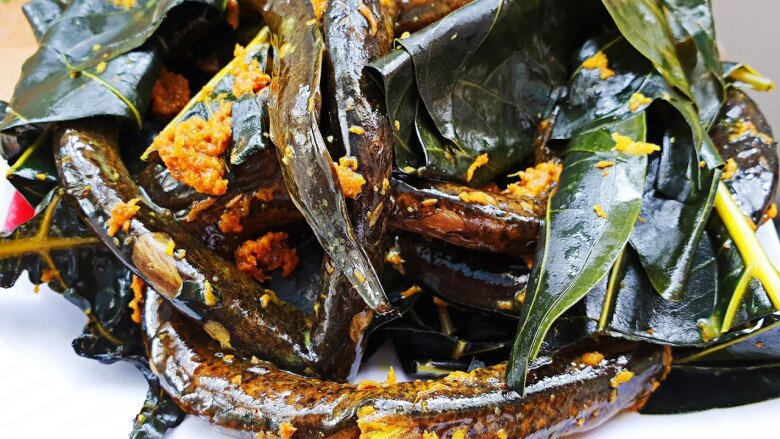
Taking it a step further, professional chefs have delved into the exceptional medicinal properties of Noni leaves to create unique dishes, not only for home cooking but also for the menus of upscale restaurants. Some establishments have even developed entire Noni-themed menus, featuring dishes such as Noni leaf fish cakes, Noni shoot salad with fermented fish sauce, steamed Noni leaves with snakehead fish and rice vermicelli, and beef wrapped in Noni leaves with a Noni fruit sauce and vegetables.
Notable Dishes Featuring Noni Leaves:
Frog Legs Braised in Noni Leaves: This dish is considered a “savior” for those suffering from joint pain. It expertly combines the tender frog legs with the distinctive flavor of Noni leaves. To prepare, the frog legs are cleaned and marinated for 20-30 minutes to absorb the flavors. The Noni leaves are washed and chopped finely. The frog legs are then stir-fried with the Noni leaves, coconut milk, and a small amount of water is added, and the mixture is simmered over low heat for about 20 minutes until the frog legs are tender and fully cooked. This dish is not only delicious but also effective in alleviating joint pain.
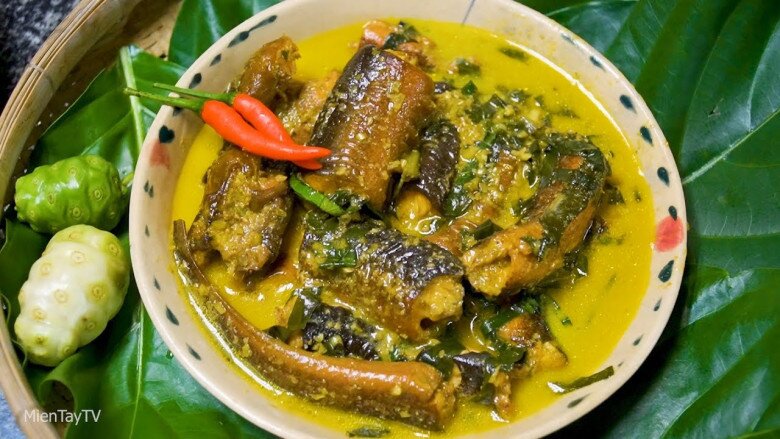
Nutritious Beef and Noni Leaf Soup: This soup is an excellent choice for a nourishing meal. Thinly sliced beef is seasoned with salt and pepper and stir-fried to a medium-rare doneness. Chopped tomatoes and Noni leaves are added, and the soup is cooked until the beef is tender. The sweetness of the beef blends beautifully with the subtle bitterness of the Noni leaves, resulting in a hearty and healthy soup that strengthens the bones and alleviates pain.
Steamed Noni Leaves with Minced Meat: This humble yet captivating dish features a filling of ground pork belly mixed with wood ear mushrooms, shallots, and common spices, all wrapped in carefully cleaned Noni leaves. Instead of steaming with plain water, coconut water is used to add a rich and aromatic touch. After about 30 minutes of steaming, the dish is ready, offering a combination of juicy meat, crunchy wood ear mushrooms, and the distinctive aroma of Noni leaves. It pairs perfectly with hot rice.
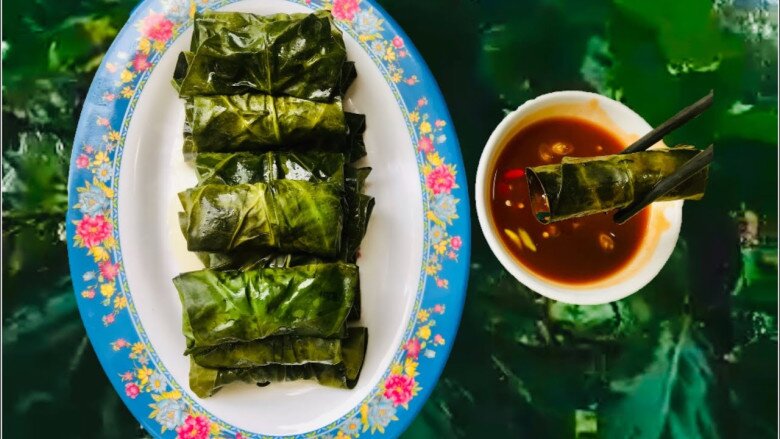
Additionally, there are numerous other delectable dishes that incorporate Noni leaves, such as Noni leaf fish cakes (where the leaves are finely chopped and mixed with fish paste), steamed snakehead fish with Noni leaves (after removing the veins, the leaves are blanched and steamed with the fish), Noni shoot salad with fermented fish sauce, and beef wrapped in Noni leaves. The combination of Noni leaves with seafood and meat not only creates unique flavors but also enhances the nutritional value, supporting overall health, strengthening tendons and bones, and providing relief from back pain and muscle soreness, according to traditional wisdom.
“The Wild-Grown Fruit of Vietnam: Nature’s Health Secret, Valued at a Premium in China”
The humble fruit, a familiar sight to Vietnamese locals, has caught the eye of Chinese buyers who are willing to pay a premium. Commonly known as the Chinese pistache or the foxtail tree, the humble bô kết has a host of surprising health benefits and hair-nourishing properties that have captured the attention of many.
The Ultimate Pork Delicacy: A Treasure Trove of Health Benefits
Pork is a culinary treasure trove, and two parts of the pig are particularly prized. These cuts are revered for their nutritional benefits, often compared to the revered ginseng and bird’s nest. They are considered a rare delicacy, sought after by early risers at the market, as they offer a plethora of health advantages.
From Weeds to “Liver-Cooling Delicacy”: Still Sold Out in the City at 75,000 VND per kg
“Once dismissed as a mere weed, this plant is now a sought-after delicacy in urban areas. With its unique bitter-sweet taste, the ‘Rau Cu Khoi’ vegetable is not only delicious but also packed with nutrients. A true gift that keeps on giving, it can be harvested year-round with just a single planting.”

























